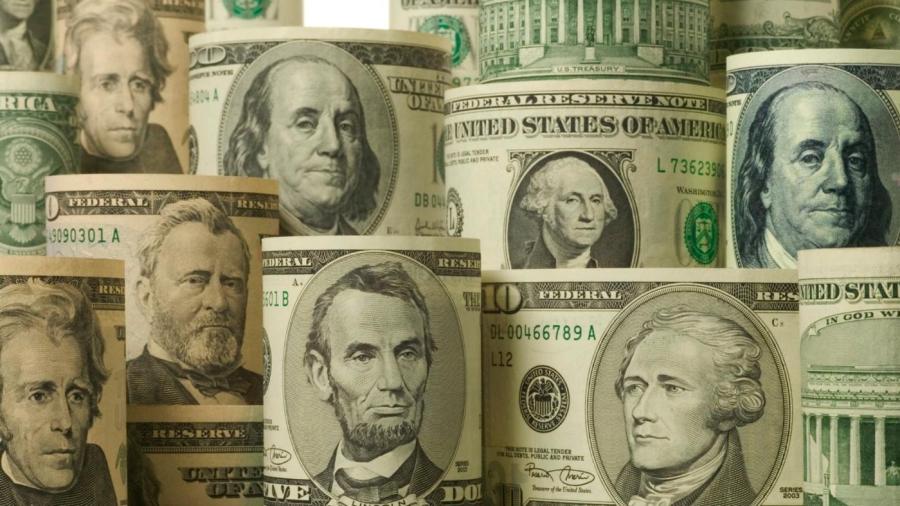What Are the Denominations of U.S. Currency?

The U.S. Bureau of Engraving and Printing produces paper currency in $1, $2, $5, $10, $20, $50 and $100 notes. The U.S. Mint produces six coin denominations. A penny equals 1 cent, a nickel equals 5 cents, a dime equals 10 cents, a quarter equals 25 cents, and a half dollar equals 50 cents. The dollar coin has the same value as a $1 note.
The $2 note is rare piece of currency that was originally introduced in 1862. After a period of cancellation, it was rereleased in 1976 to commemorate the nation’s bicentennial. The new version contained a new illustration representing the Founding Fathers signing the Declaration of Independence. The $2 note hasn’t been redesigned since 2003, and its circulation remains limited.
Since 1969, the $100 note has maintained its spot as the largest paper denomination. Previously, the U.S. government tried producing higher denominations, ranging from $500 to $10,000 notes. Due to low circulation, these notes were printed until 1945, and they were completely discontinued in 1969. From 1934 to 1935, a special $100,000 Gold Certificate note was even printed for private transactions that were carried out by Federal Reserve banks.
The half-cent, 2-cent piece and silver 3-cent piece are just a few of the coins that the U.S. government has discontinued. The 20-cent coin was issued for only three years, and the half-dime, which was produced from 1794 to 1873, was gradually replaced by the nickel 5-cent coin, which was released in 1866.





